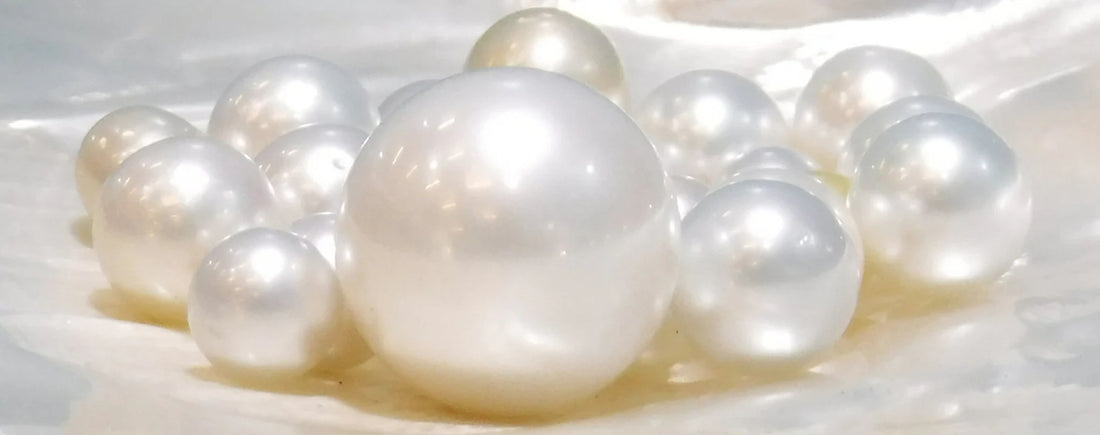
FRESHWATER PEARLS: A NATURAL TREASURE
FIRST PEARL PRODUCTS
The History of Pearl Formation
Since ancient times, the fascination with pearls has driven men to understand their origins and to try to influence their creation. In Asia, since time immemorial, unique techniques have made it possible to produce pearl objects in the form of mother-of-pearl figurines. These ancestral techniques, although rudimentary, inspired European researchers in the 18th and 19th centuries, who sought to reproduce them.
However, whether in the East or the West, these early processes were experimented mainly with freshwater molluscs, without any real scientific basis. The first pearls thus created, although innovative, were often of poor quality compared to natural or fine pearls.
THE ORIGINS OF PEARL FARMING
Modern Pearl Culture
These early attempts were crucial steps towards the rise of contemporary pearl farming. The initial trials enabled major scientific advances in understanding the pearl formation process, leading to controlled production of cultured pearls.
As early as the 13th century, the Chinese had already developed methods for producing pearls in freshwater molluscs, particularly in mussels. These techniques, attributed to Ye-Jing-Yang, a native of Hou-Tcheou-Fou, included the introduction of small objects into the molluscs to promote the formation of layers of nacre.
At Hou-Tcheou-Fou, pearl culture was a flourishing industry, supported by a network of shallow lakes and ponds. The collected mussels were carefully opened to insert various objects which, within a few months, were covered in mother-of-pearl. These creations were then marketed or transformed into refined ornaments.
FRESHWATER CULTURED PEARLS
The pearls of the Yangtze River
Our exploration of freshwater pearls begins on the banks of the Yangtze River, China's longest river. This majestic river flows through unspoiled areas where pearl farms are established, producing cultured pearls of remarkable quality.
STRUCTURE AND PROCESS OF CULTURED PEARLS
Whether natural or cultured, pearls share the same structure: concentric layers of nacre surrounding a central core, usually a foreign body inserted into the mollusk.
The modern pearl culture process, perfected by the Japanese Kokichi Mikimoto, involves introducing a fragment of nacre coated with mantle tissue from another pearl oyster. This process, used to produce Akoya pearls, has been adopted for cultured pearls in China, Southeast Asia, Australia and Polynesia.
It takes about three years to obtain a marketable pearl.
MOTHER-OF-PEARL: A NATURAL TREASURE
Mother-of-pearl, called nakkar in Persian (meaning "shimmering ornament"), is the inner layer of the shell of mollusks. Its unique lamellae structure, composed of calcium carbonate crystals and organic matter, creates iridescent reflections that make it a precious material.
PEARLS OF LAKES AND RIVERS
Freshwater cultured pearls produced in lakes and rivers, mainly in China, are today prized for their brilliance and beauty. Cultivated from molluscs that can reach 20 cm, these pearls are a testament to ancestral know-how and modern innovations.
TIPS FOR CHOOSING PEARLS
To choose a pearl well, it is essential to pay attention to:
- Shine : A beautiful shine reflects quality mother-of-pearl.
- Shape : Perfectly round pearls are the rarest and most valuable.
- On the surface : A smooth and even surface is a guarantee of quality.
These criteria determine the value and price of a pearl.
